B1758
Biocytin hydrochloride
≥98% (TLC), suitable for drug transporter assays
Synonyme(s) :
Nε-Biotinyl-L-lysine
About This Item
Produits recommandés
product name
Biocytin hydrochloride, ≥98% (TLC)
Pureté
≥98% (TLC)
Forme
powder
Technique(s)
drug transporter assay: suitable
Couleur
white to off-white
Température de stockage
−20°C
Chaîne SMILES
Cl.NC(CCCCNC(=O)CCCCC1SCC2NC(=O)NC12)C(O)=O
InChI
1S/C16H28N4O4S.ClH/c17-10(15(22)23)5-3-4-8-18-13(21)7-2-1-6-12-14-11(9-25-12)19-16(24)20-14;/h10-12,14H,1-9,17H2,(H,18,21)(H,22,23)(H2,19,20,24);1H
Clé InChI
FMGQMNFQNPUYBS-UHFFFAOYSA-N
Catégories apparentées
Application
- Biotinylated dextran amine and biocytin hydrochloride are useful tracers for the study of retinal projections in the frog.: This paper highlights the application of biocytin hydrochloride in tracing retinal projections in amphibians. The study demonstrates the efficacy of biocytin hydrochloride in neuroanatomical mapping, facilitating research in visual system development and function (Scalia et al., 1997).
Actions biochimiques/physiologiques
Code de la classe de stockage
11 - Combustible Solids
Classe de danger pour l'eau (WGK)
WGK 3
Point d'éclair (°F)
Not applicable
Point d'éclair (°C)
Not applicable
Équipement de protection individuelle
Eyeshields, Gloves, type N95 (US)
Certificats d'analyse (COA)
Recherchez un Certificats d'analyse (COA) en saisissant le numéro de lot du produit. Les numéros de lot figurent sur l'étiquette du produit après les mots "Lot" ou "Batch".
Déjà en possession de ce produit ?
Retrouvez la documentation relative aux produits que vous avez récemment achetés dans la Bibliothèque de documents.
Notre équipe de scientifiques dispose d'une expérience dans tous les secteurs de la recherche, notamment en sciences de la vie, science des matériaux, synthèse chimique, chromatographie, analyse et dans de nombreux autres domaines..
Contacter notre Service technique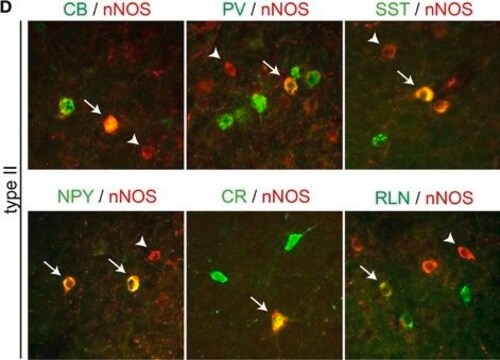


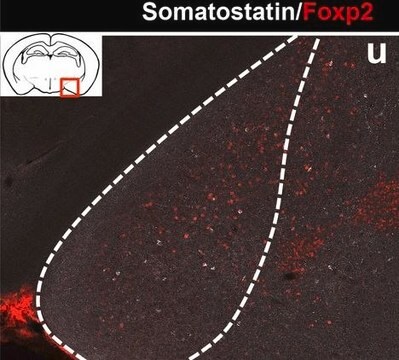
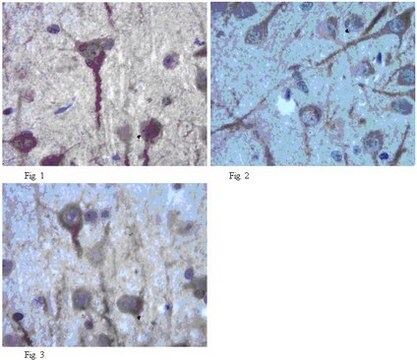

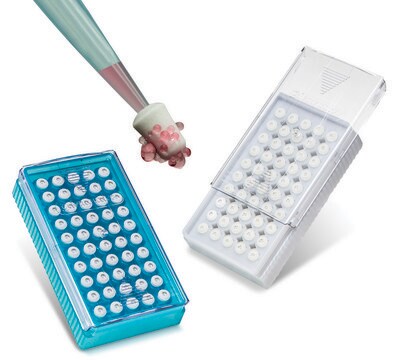
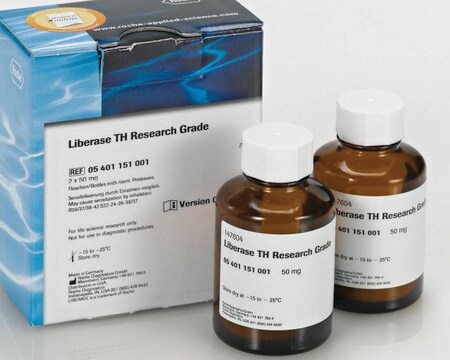
![[D-Ala2]-Leucine enkephalin ≥97% (HPLC)](/deepweb/assets/sigmaaldrich/product/structures/205/481/4fd123c0-14c7-4f90-8bdc-9e54a4bea7f1/640/4fd123c0-14c7-4f90-8bdc-9e54a4bea7f1.png)
